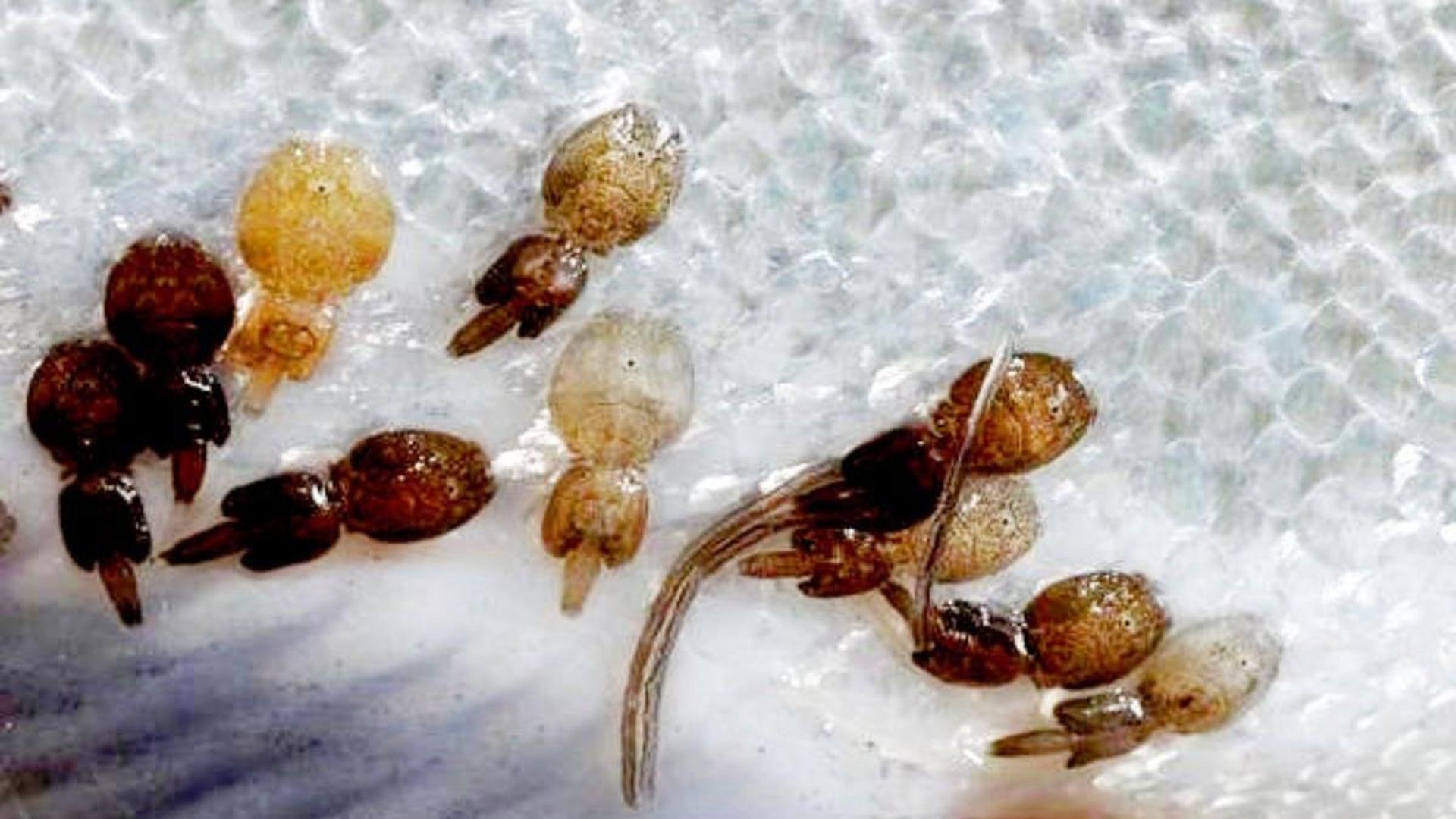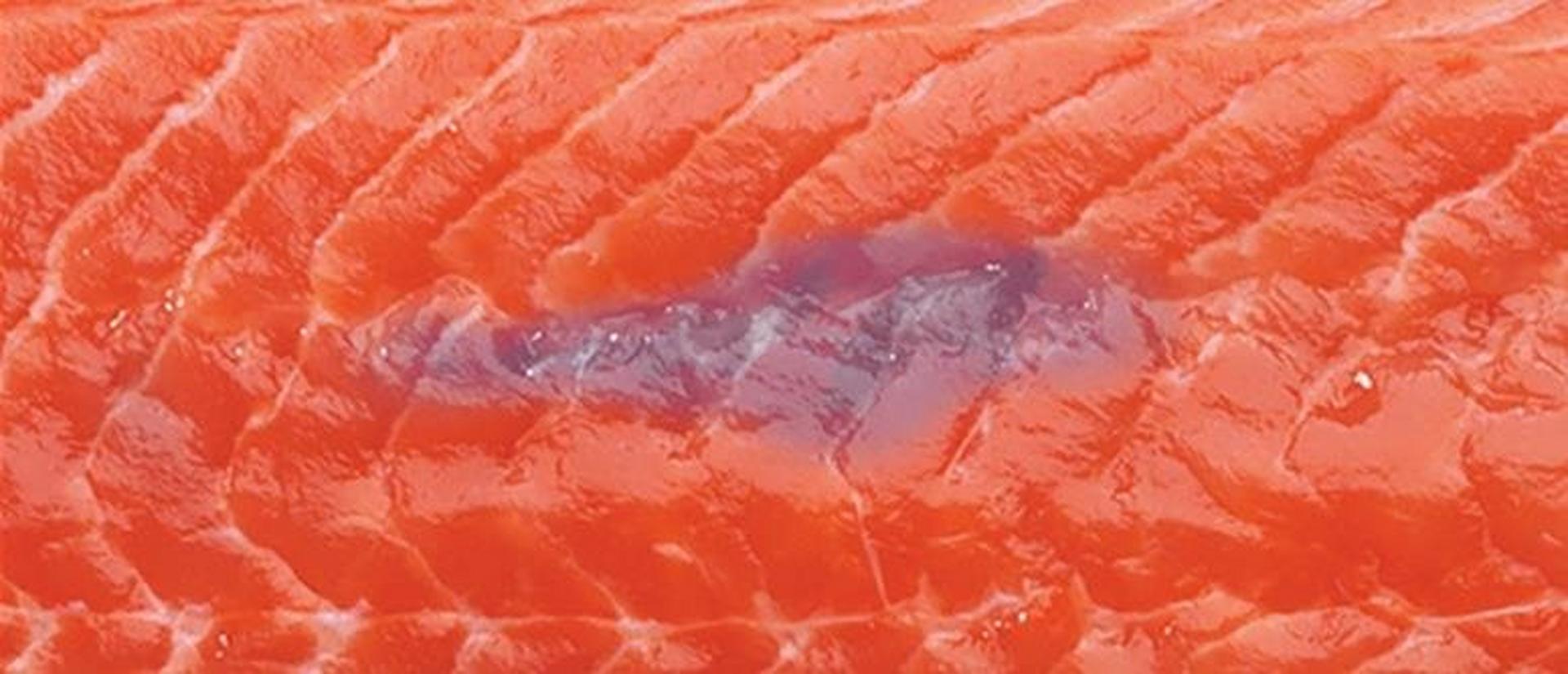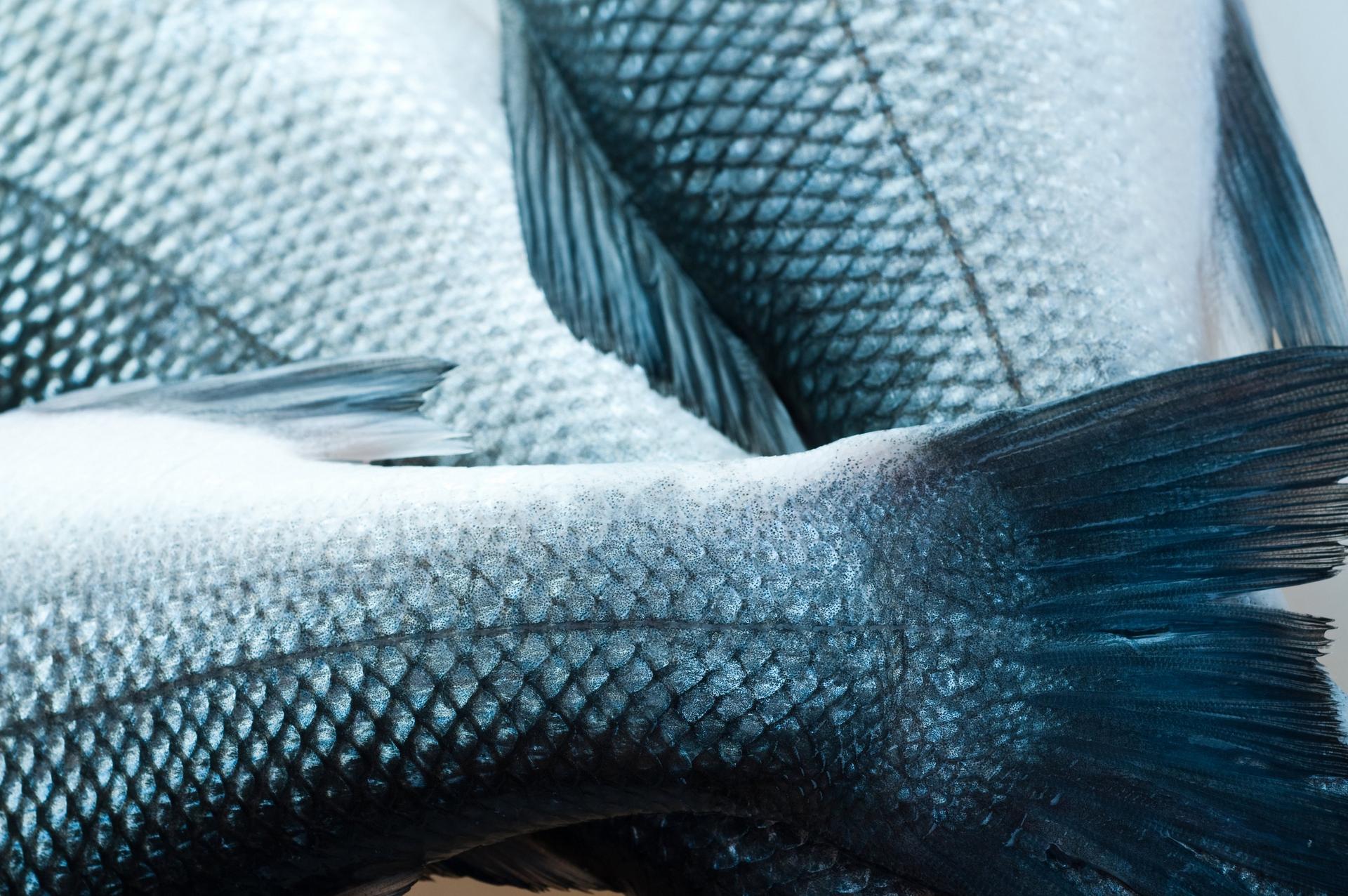Temperature-dependent
The research suggests that the nauplius larvae live longest at 7–10°C. At 3°C there was almost no production of copepodites. At 5°C, the larvae turn into copepodites, but with limited ability to attach themselves to fish. The larvae also survived at 20°C, but in this case their lifetime was shorter, the organisms were smaller, and egg production was reduced.
It's at the copepodite stage that the salmon lice urgently need to find a fish to feed on if they are not to die of hunger. Read more about the importance of the temperature for the spread if salmon lice here
Control strategies with salmon lice
Three main strategies have been used to control the number of lice in the aquaculture nets: chemical treatment, biological methods and operational measures. The aim of the strategies was to remove the lice, encourage them to stay at a distance or physically prevent them from approaching the fish. Most farmers find that a combination of measures is most effective, with cleaner fish being one of the several measures that is effective.
Chemical treatment
By dipping the fish in hydrogen peroxide for example, the lice release their hold, and the fish are returned louse-free to their cage. The disadvantages are that the salmon lice can become resistant, and it is uncertain whether the lice actually die from the treatment. The salmon can become stressed with repeated treatments and the treatment is expensive. It is also unknown what effect the different chemicals have on the environment around the farm.
Biological methods
Cleaner fish such as wrasse and lumpfish are used for biological delousing of the farmed fish. They feed on lice without stressing the salmon. Under good conditions, the cleaner fish can substantially reduce the number of lice in the farm. The effect is dependent on the quality of the cleaner fish, amongst other things. It is also crucial that they are fed properly and that their further wellbeing is taken care of through shelter for the cleaner fish and proper care.
The use of special feed that increases the salmons' layer of mucus and makes it more difficult for the lice to attach themselves represents an alternative method that has proved effective.
Operational measures
Lice can be removed mechanically. For example, technology is available for the removal of lice by means of flushing, brushing and lasers. The challenge is to implement such measures without a significant stress response in the fish. After all the fish have been slaughtered in an area, the area must be left empty so that a certain period of time elapses before new smolt are introduced. If the period is long enough then the period without nutrition, i.e. without access to a host fish, will kill the lice.
Other operational measures aim to separate the lice and the fish. Lice thrive in other parts of the water column. One method is permaskirt, a sheet of tarpaulin that is stretched around the top of the aquaculture cage and that keeps lice out. Light is also used, as well as feeding lower down in the water so that the fish circulate in deeper water than the majority of lice. Work is also being carried out with submersible cages which keep the fish in water deeper than the lice's preferred living depth.









